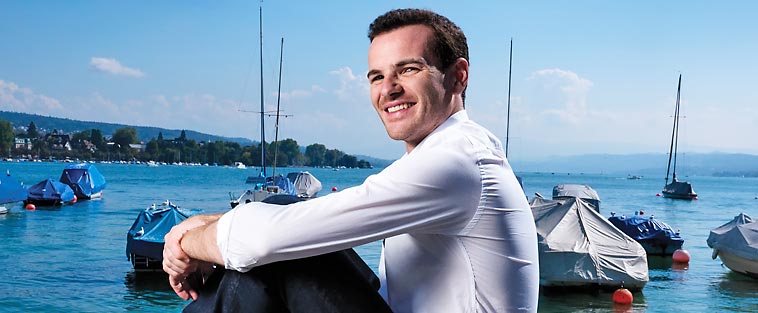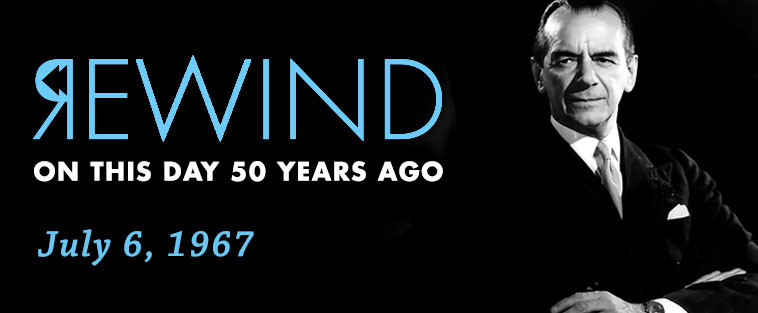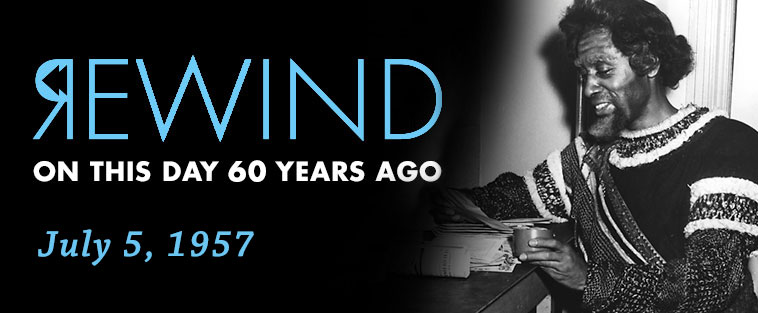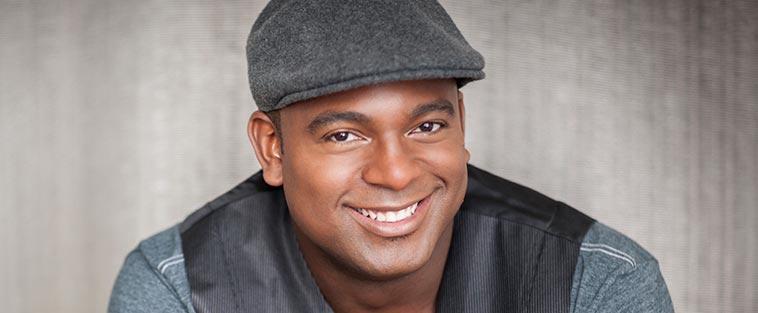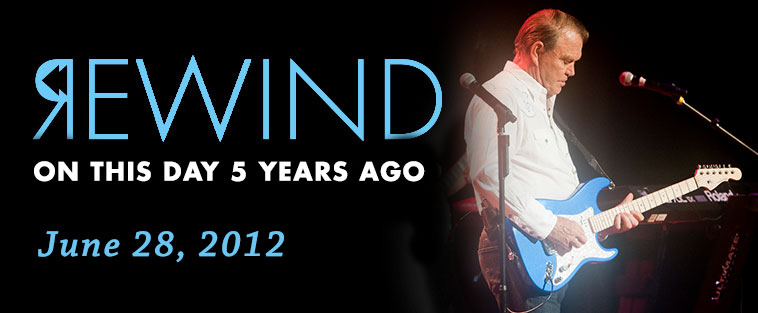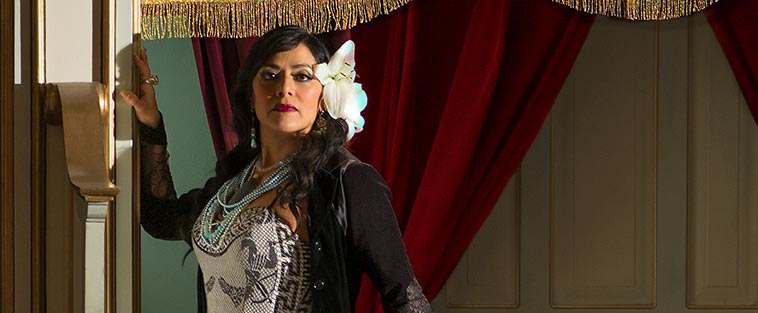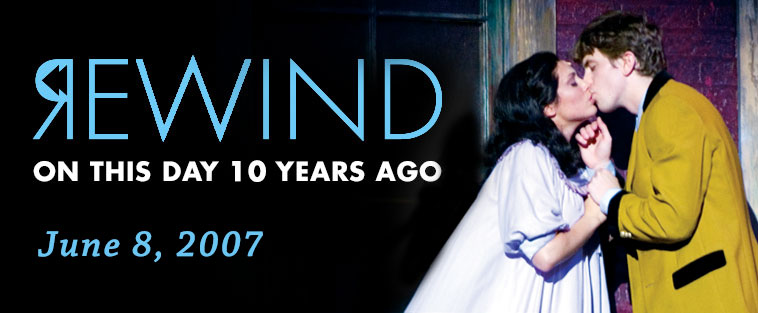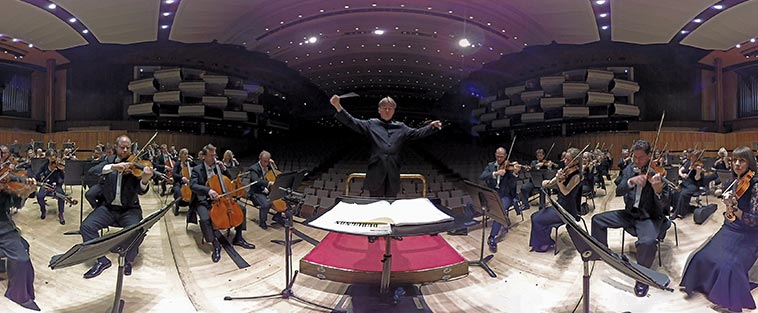
Tchaikovsky’s “1812” Overture is unquestionably one of classical music’s all-time greatest hits, right up there with Beethoven’s “Moonlight” Sonata, Vivaldi’s “Four Seasons” concertos and the “Wedding March” from Wagner’s Lohengrin. Yet it gave me pause when a friend who is not particularly into classical music asked why, in particular questioning why such a fuss is made about using real cannons, as has been done every year at Ravinia for nearly four decades. After long thought, I came up with a theory that attributes the phenomenon to recording technology.

